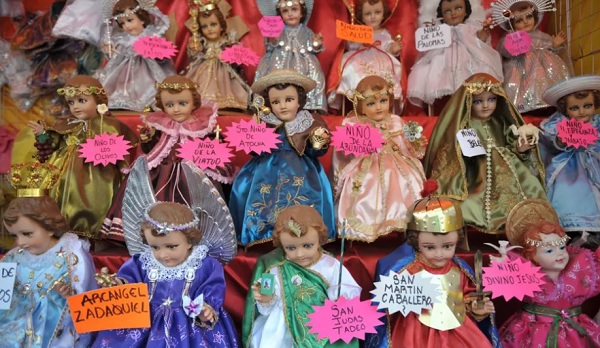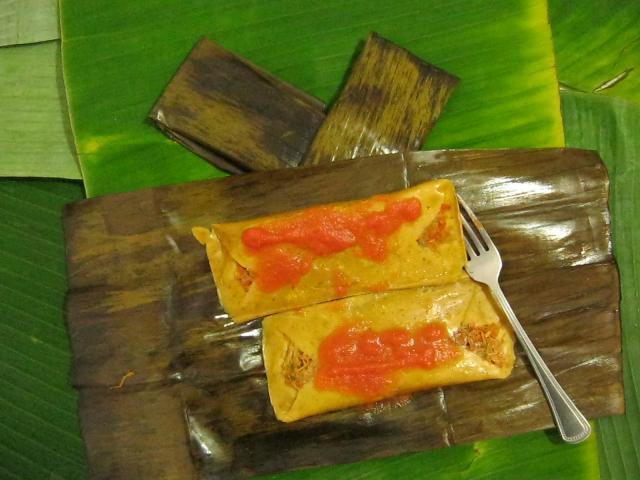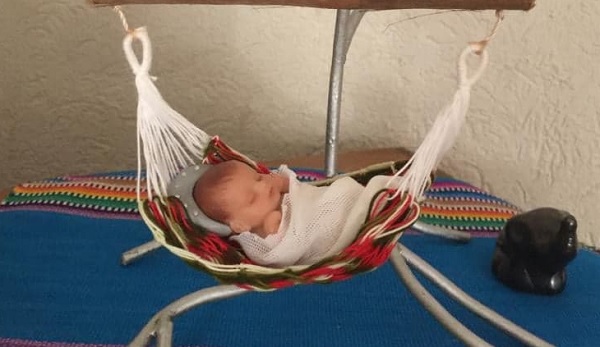February 2nd is Groundhog Day in the United States, but in Mexico, there is a completely different celebration on this date.
This is the religious holiday known as Día de la Candelaria (or Candlemas in English). Throughout Mexico on this day of the year, people dress up figures of the Christ Child in special outfits and take them to the church to be blessed, and they also get together with family and friends to eat tamales, as a continuation to the festivities of Three Kings’ Day on January 6.
This is mainly a religious and family celebration, but in some places, such as Tlacotalpan, in the state of Veracruz, it is a major fiesta with bullfights and parades.

Presentation of Christ at the Temple
February 2nd falls exactly forty days after Christmas and is celebrated by the Catholic church as the feast of the Purification of the Virgin or alternatively, as the Presentation of Jesus at the Temple. The origin of this religious feast day comes from ancient Jewish custom. According to Jewish law, a woman was considered unclean for 40 days after giving birth, and it was customary to bring a baby to the temple after that period of time had passed. so the idea is that Mary and Joseph would have taken Jesus to the temple to be blessed on February second, forty days after his birth on December 25.

Candlemas and Groundhog Day
This date is special for another reason as well. It marks the mid-way point between the winter solstice and the spring equinox, which aligns with the pagan holiday of Imbolc. Since ancient times, this date was thought to be a marker or predictor of the weather to come, which is why it is also celebrated as Groundhog Day in the United States. There was an old English saying that went:
If Candlemas be fair and bright,
Winter has another flight.
If Candlemas brings clouds and rain,
Winter will not come again.
In many places, this is traditionally seen as the best time to prepare the earth for spring planting.

Día de la Candelaria
In Mexico, this holiday is celebrated as Día de la Candelaria. It is known as Candlemas in English, because from around the 11th Century in Europe there was a tradition of bringing candles to the church to be blessed as part of the celebration. This tradition was based on the biblical passage of Luke 2:22-39 that says that when Mary and Joseph took Jesus to the temple, a particularly devout man named Simeon embraced the child and prayed the Canticle of Simeon: “Now thou dost dismiss thy servant, O Lord, according to thy word in peace; Because my eyes have seen thy salvation, Which thou hast prepared before the face of all peoples: A light to the revelation of the Gentiles, and the glory of thy people Israel.” The reference to the light inspired the celebration of the blessing of the candles.
In Mexico Día de la Candelaria is a follow-up to the festivities of Three Kings Day on January 6th, when children receive gifts and families and friends gather together to eat Rosca de Reyes, a special sweet bread with figurines of a baby (representing the Child Jesus) hidden inside. The person (or people) who received the figurines on Three Kings Day are supposed to host the party on Candlemas Day. Tamales are the food of choice.

Niño Dios:
Another important custom in Mexico, particularly in areas where traditions run strong, is for families to own an image of the Christ Child, which is called a Niño Dios. At times, a godparent is chosen for the Niño Dios, who is then responsible for hosting various celebrations between Christmas and Candlemas. First, on Christmas Eve, the Niño Dios is placed in the Nativity scene, on January 6th, King’s Day, the child is brought presents from the Magi, and on February 2nd, the child is dressed in fine clothes and presented in the church.
Around this time of year, while walking the streets of Mexican cities, you may come across people holding what appears to be a baby reclining in their arms, but upon closer look, you’ll see that it is actually a figure of the Christ Child that they are embracing. They may be taking him to one of the specialty shops that do brisk business this time of year repairing, fixing up, and dressing baby Jesuses.
Source: www.tripsavvy.com
San Miguel Times
Newsroom

